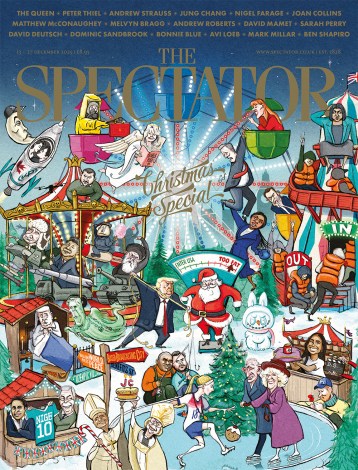Orpheus meets Escher
The landscape architect Kim Wilkie grew up in a house on the edge of the Malaysian jungle. ‘Things decayed as fast as they grew.’ Leather shoes would fur over with mould within hours if left outside. His father was posted to Iraq next. ‘Everything was brown.’ But stare long enough at the sand and you


